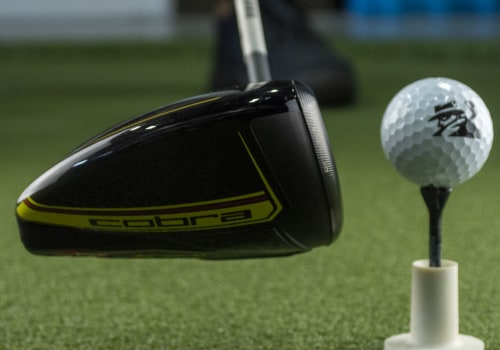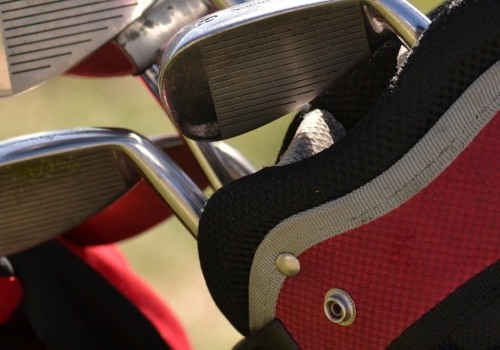We'll show you the best golf balls that fit your game. All golf ball recommendations are approved by our PGA professionals. Mickelson, Schauffele and Molinari use Chrome Soft X, mainly because it offers greater manageability than Chrome Soft. The double core with graphene maximizes compression energy, while minimizing driver turns and promotes a high-altitude launch for greater distance.
Just 0.2 yards prevented the TP5x from being the golf ball that carried the longest at the drivers' three swing speeds, so it's no surprise that this ball is among the three fastest balls in each of the categories. This tells us that the performance (and the cost of 12 pence per yard, compared to the Pro V1x at 21 pence) make it very attractive to the intelligent and expert golfer. The PXG test laboratory is located at the Scottsdale National Golf Club, in Arizona, and has an impeccable practice range of one million square feet. The average spread of both Vice balls (in five situations) was below double digits (the only mark that did), which is great if your game is based on accuracy and consistency.
The robot may be able to hit a ball every 20 or 30 seconds once it's set up, but a lot of time is spent setting it up before any shots are fired. While the speed, throw and turn numbers of the ball were almost identical, there was a difference in dispersion, because Trackman takes into account the elements. Distance balls used to feel like stones, but Callaway says the new ERC Soft combines distance and softness to the touch in a single ball. Callaway says that softer golf balls compress more easily with off-center strokes, meaning you get more forgiveness and excellent distance in the face.
Human testing is crucial for intangibles, such as appearance, but to ensure consistent, reliable and irrefutable data, each brand uses a Golf Laboratories robot. So a PXG 0811 X Gen2 driver of 9° (X-flex axis) at 115 mph; a PXG 0811 X Gen2 driver of 10.5° (with a typical rigid axle) at 160 km/h and the most forgiving driver in golf, the PXG 0811 XF Gen2, at 12° (normal flexible shaft) at 140 km/h. The core is smaller than those of the three-piece balls, and it tightens an additional layer between the core and the cloak.






